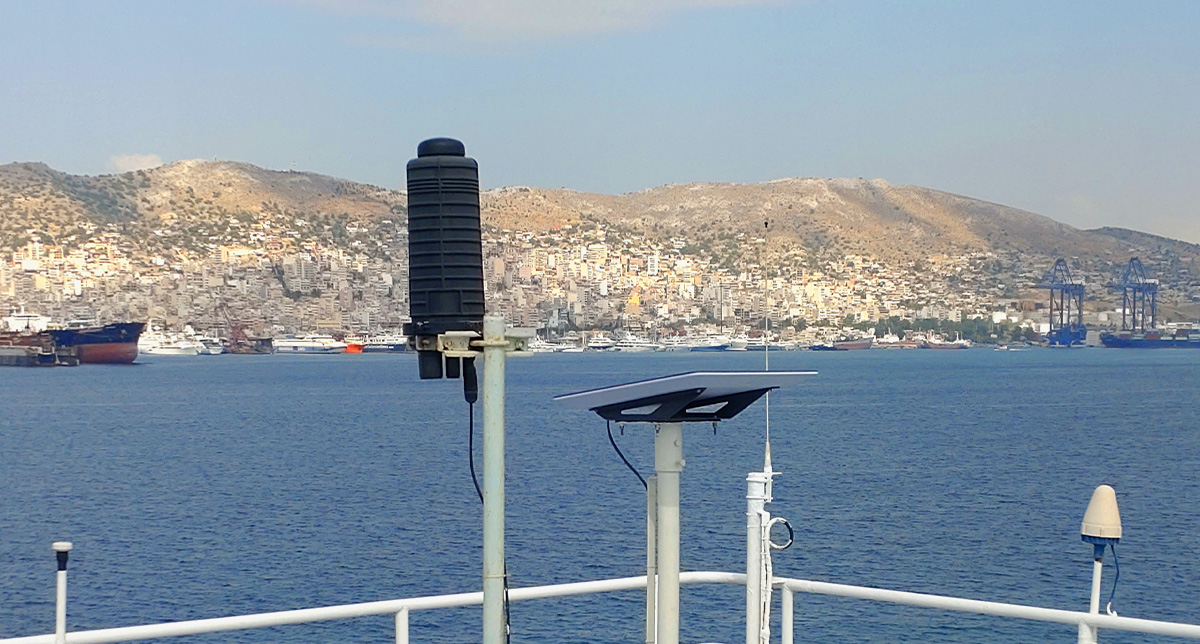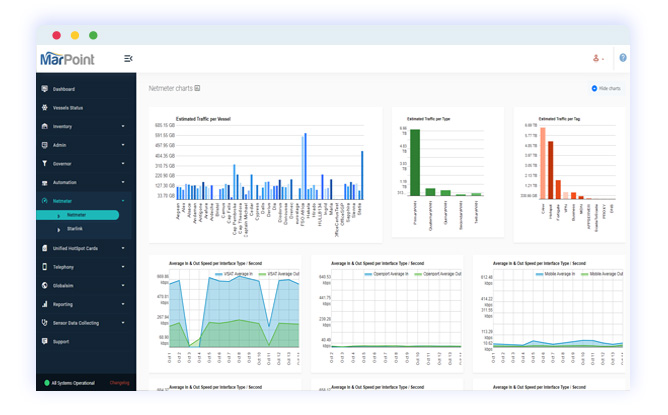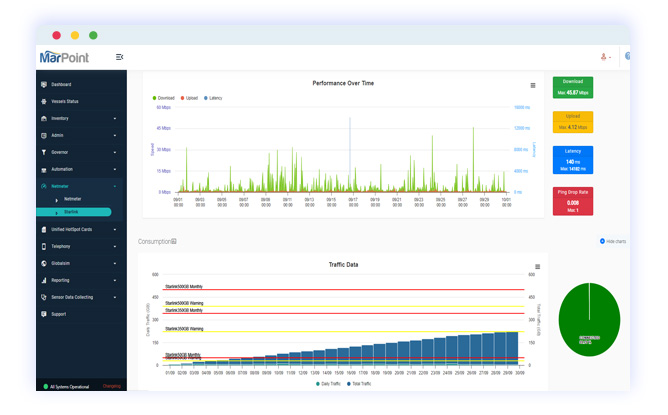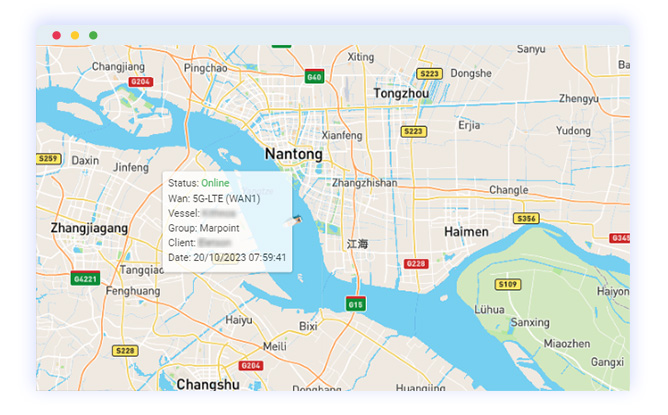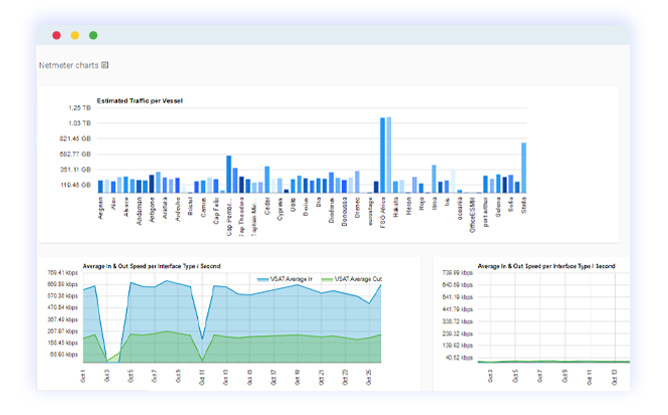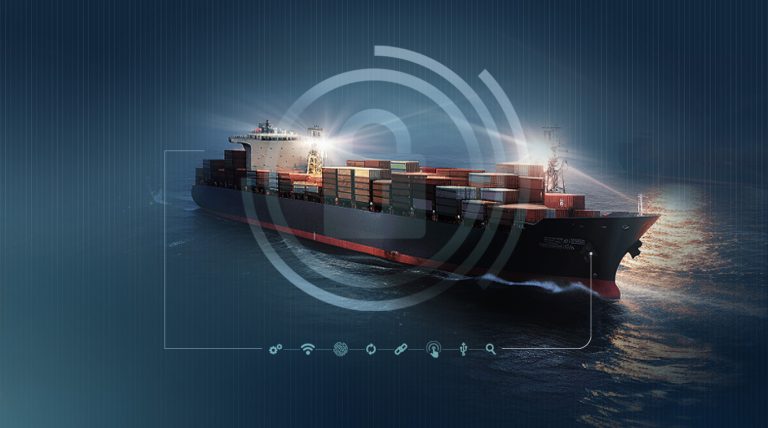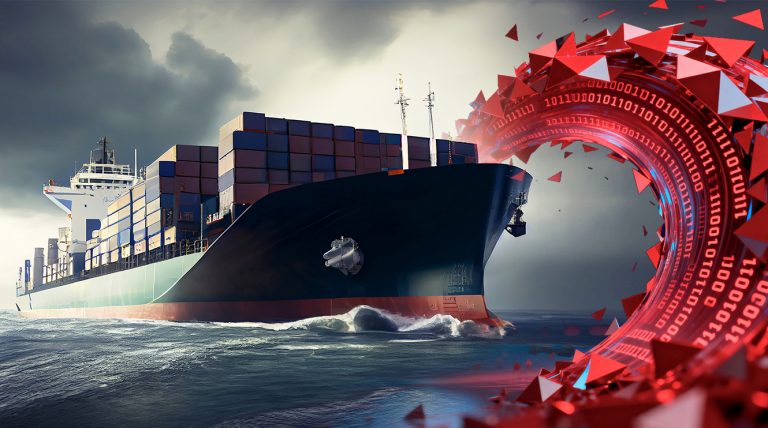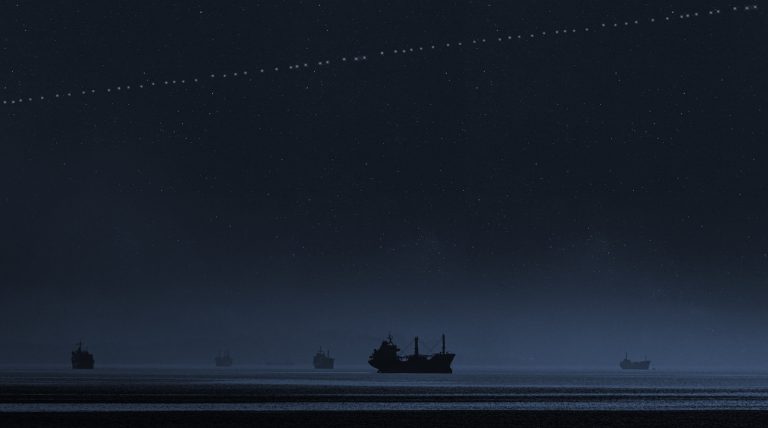In today’s busy maritime world, where data and communication are key, reliable internet is essential, not a bonus. This is especially true in maritime environments where data, communication, and navigation are crucial. In this article, we’ll explore how you can achieve robust connectivity and bypass failover issues by combining Starlink Maritime and 5G technology. We’ll answer key questions and provide insights into managing a multi-WAN network on a vessel.
Is Starlink Better than 5G Technology?
To determine the best solution for your maritime connectivity needs, it’s essential to understand the strengths of both Starlink and 5G technology. Starlink, provided by SpaceX, boasts global satellite coverage, making it an excellent choice for remote areas and offshore operations. On the other hand, 5G offers high-speed, low-latency connectivity, which is ideal for locations with terrestrial network access.
For maritime companies that require the most reliable and comprehensive connectivity, the best option is to use both Starlink and 5G in a multi-WAN network. This will provide seamless connectivity in all areas, both coastal and offshore.
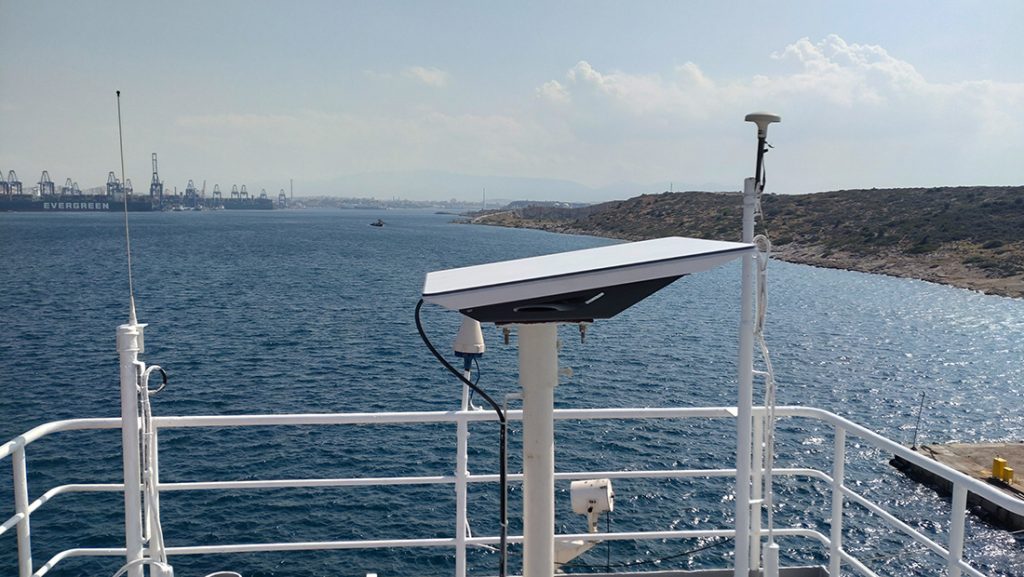
Comparing Speed and Latency
Starlink Maritime offers impressive speeds, often exceeding traditional satellite connections. With latency ranging from between 25 and 60 ms on land, and 100+ ms in certain remote locations, it’s suitable for various applications, including video conferencing, streaming, and real-time data transfer. 5G, on the other hand, excels in low latency and high-speed performance, making it the preferred choice for latency-sensitive applications like autonomous navigation and remote monitoring.
Coverage Matters: Starlink Maritime vs. 5G
Coverage is key when choosing a connectivity solution for your vessel. Starlink Maritime offers broad coverage across the world’s oceans and remote areas, except for certain countries, such as China, Iran, North Korea, and Russia, with local restrictions within 12 nautical miles of shore. For vessels operating in coastal and near-shore regions, 5G can be a viable alternative, offering coverage up to 20 miles offshore with bandwidth comparable to Starlink. However, 5G networks are primarily land-based, so connectivity may degrade as vessels venture further into the open sea.
Outdoor IP68 4G/5G Router
Our innovative outdoor waterproof IP68 4G/5G router will boost your vessel’s nearshore connectivity, featuring a heavy-duty external casing and a built-in powerful 4G/5G antenna. It supports 3G, 4G, and 5G mobile networks, with extensive coverage up to 20 miles offshore.
Our all-in-one solution revolutionizes the vessel’s LTE connectivity compared to others, minimizing any signal loss. It supports Power over Ethernet (POE) and connects to your vessel’s network via a marine-grade UTP cable. Furthermore, it can be used as a reliable data WAN communication backup solution when satellite communication is unavailable.
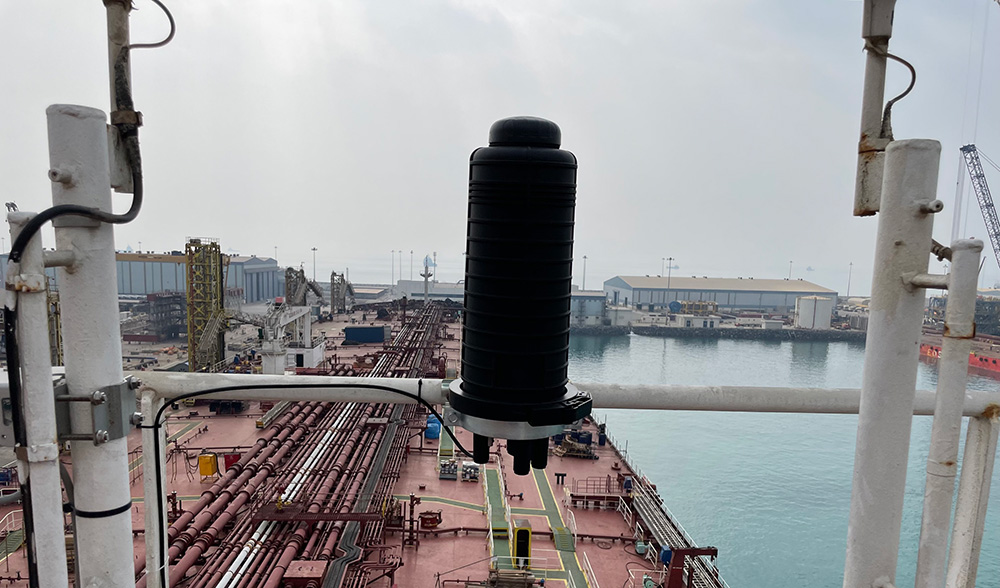
Managing Multi-WAN Network on a Vessel
Vessels face unique connectivity challenges due to constantly changing locations and the need for uninterrupted data flow. This is where a multi-WAN solution comes into play.
With the Evo2 Router, you can achieve the most advanced multi-WAN network management on a vessel, regardless of your airtime provider. The Evo2 Router is designed to deliver seamless internet connectivity, even during service outages, thanks to its true failover capability and support for multiple satellite bands, including Inmarsat L-Band, VSAT C, Ku, and Ka bands, as well as LEO orbit satellites like Iridium, Starlink, and OneWeb.
The Evo2 Router offers several advantages for efficiently managing a multi-WAN network on a vessel:
- Advanced load balancing: The Evo2 Router can intelligently distribute traffic across multiple connections, ensuring that all available bandwidth is used optimally. This can help to improve performance and reduce latency.
- True failover: The Evo2 Router can automatically switch to a backup connection in the event of a primary connection failure. This ensures uninterrupted connectivity, even in the event of a service outage.
- Comprehensive quality of service (QoS) management: The Evo2 Router allows you to prioritize critical applications and data streams to ensure they receive the necessary bandwidth, even during peak network usage. This can help to improve the performance of critical systems and applications, such as navigation and communication systems.
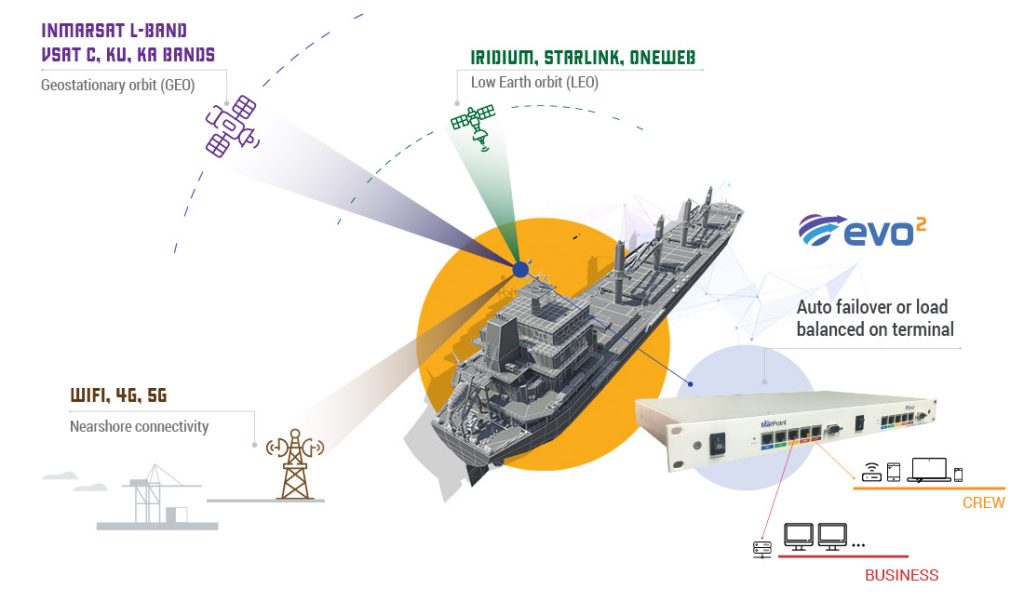
Integrate Starlink, 4G/5G, and WiFi for Peak Performance
For those seeking a comprehensive solution for maritime connectivity, consider integrating Starlink, 4G/5G, and WiFi. With our MultiWan Network Management Suite, you get the tools you need to improve the efficiency of your IT operations.
Achieving Unprecedented Connectivity: A Case Study
Real-world success stories can be inspiring. Laskaridis Maritime achieved unprecedented connectivity by integrating Starlink and the Evo2 Router. This case study demonstrates the practical benefits of combining multiple connectivity options.
To delve deeper into this success story, read the full case study here: Laskaridis Maritime Achieves Unprecedented Connectivity with Starlink and Evo2 Router.
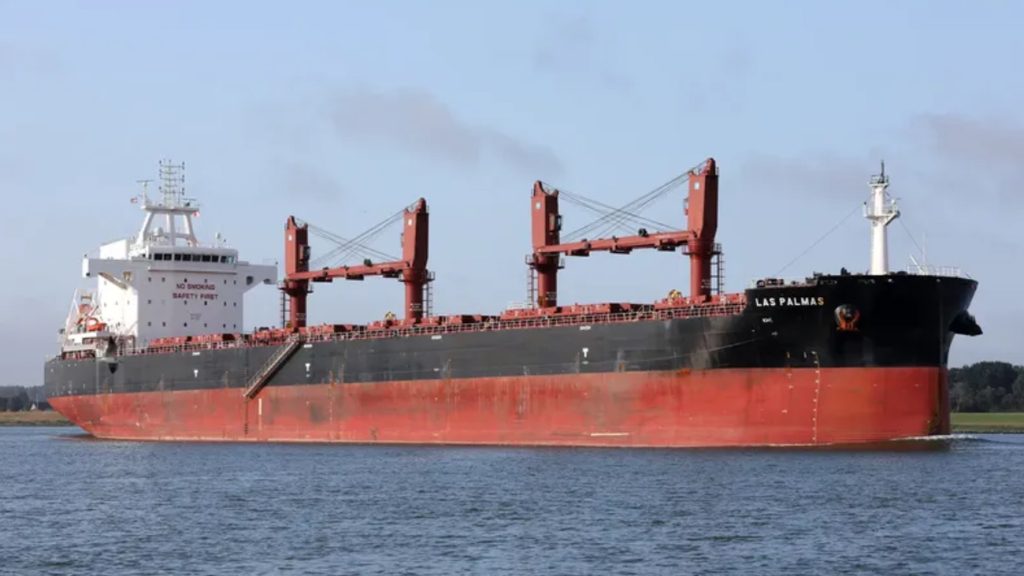
In today’s maritime world, dependable connectivity is essential. By understanding the strengths and coverage areas of Starlink Maritime and 5G, you can make informed decisions about which technology best suits your needs. Moreover, by implementing a multi-WAN network with the right tools and configurations, you can ensure uninterrupted connectivity for your vessel, even in the most challenging conditions.
In the dynamic world of maritime connectivity, the seamless integration of Starlink Maritime and 5G technology is a game-changer. By combining these options and managing them effectively, you can bypass connectivity failover and stay connected, no matter where your vessel takes you.

